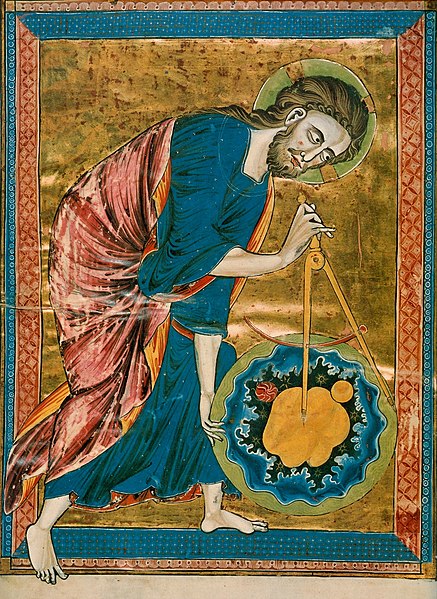From the time of Plato through the Middle Ages, the quadrivium was a grouping of four subjects or arts—arithmetic, geometry, music, and astronomy—that formed a second curricular stage following preparatory work in the trivium, consisting of grammar, logic, and rhetoric. Together, the trivium and the quadrivium comprised the seven liberal arts, and formed the basis of a liberal arts education in Western society until gradually displaced as a curricular structure by the studia humanitatis and its later offshoots, beginning with Petrarch in the 14th century. The seven classical arts were considered "thinking skills" and were distinguished from practical arts, such as medicine and architecture.
For most medieval scholars, who believed that God created the universe according to geometric and harmonic principles, science—particularly geometry and astronomy—was linked directly to the divine. To seek these principles, therefore, would be to seek God.[citation needed]
Woman teaching how to construct geometric shapes. Illustration at the beginning of a medieval translation of Euclid's Elements, (c. 1310)
The trivium is the lower division of the seven liberal arts and comprises grammar, logic, and rhetoric.
Allegory of Grammar and Logic/Dialectic. Perugia, Fontana Maggiore.
Allegory of Grammar. Priscian on the left teaches Latin grammar to his students on the right. Relief by Luca della Robbia. Florence, Museo dell'Opera del Duomo.




